|
|
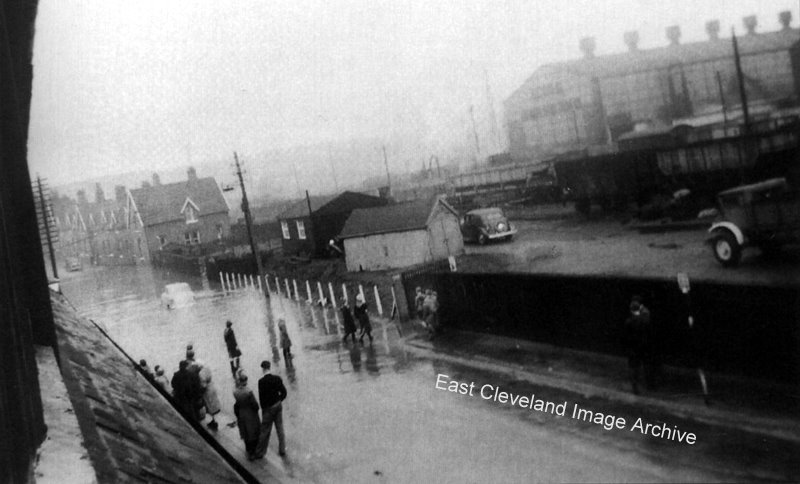
Believed to have been taken from Stan Ward’s bed-room window it certainly looks wet and watery – 14th January 1957 – thawing snow left over two feet of water on Brotton Road, Carlin How. Derick Pearson tells us: “I remember this incident well. Just past where the white car, to the right were some bays where the rail wagons seen on the right used to go over the top to tip coal into the bays below. They were of course flooded deeply and we as kids were sat on top of the bay walls watching the waves come in as the cars went by. As we moved I lost my footing and fell into the dirtiest, blackest water you could imagine. Apart from getting a couple of mouthfuls and feeling rather sick before I struggled out I looked like a wet chimney sweep. When I got home which “was just up the street from the garage” I got a hiding off my mother for falling in. I was hoping she would feel sorry for me!”
Details courtesy of Jean Wiggins and many thanks to Derick Pearson for the memories.
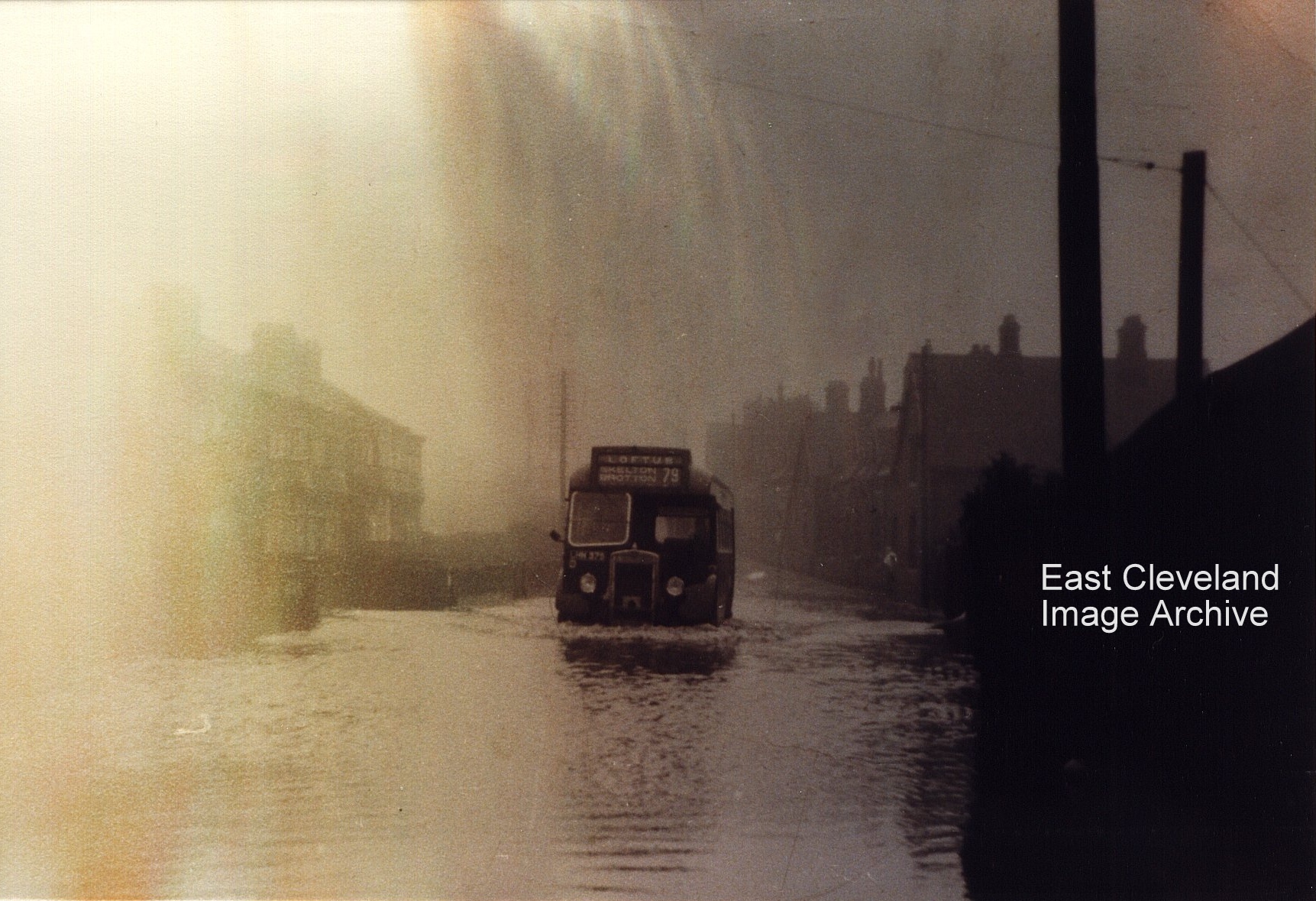
Pity that the image is damaged, we continue to hope for a better copy! A United ’G’-type single decker plods valiantly on (it took more than a drop of rain to cancel a service in those days!). Pam Mcvay tell us: “My dad Deryck Jones would be working as a fitter at the depot in Loftus at the time of this photograph.”
Many thanks to Pam Mcvay for that update.
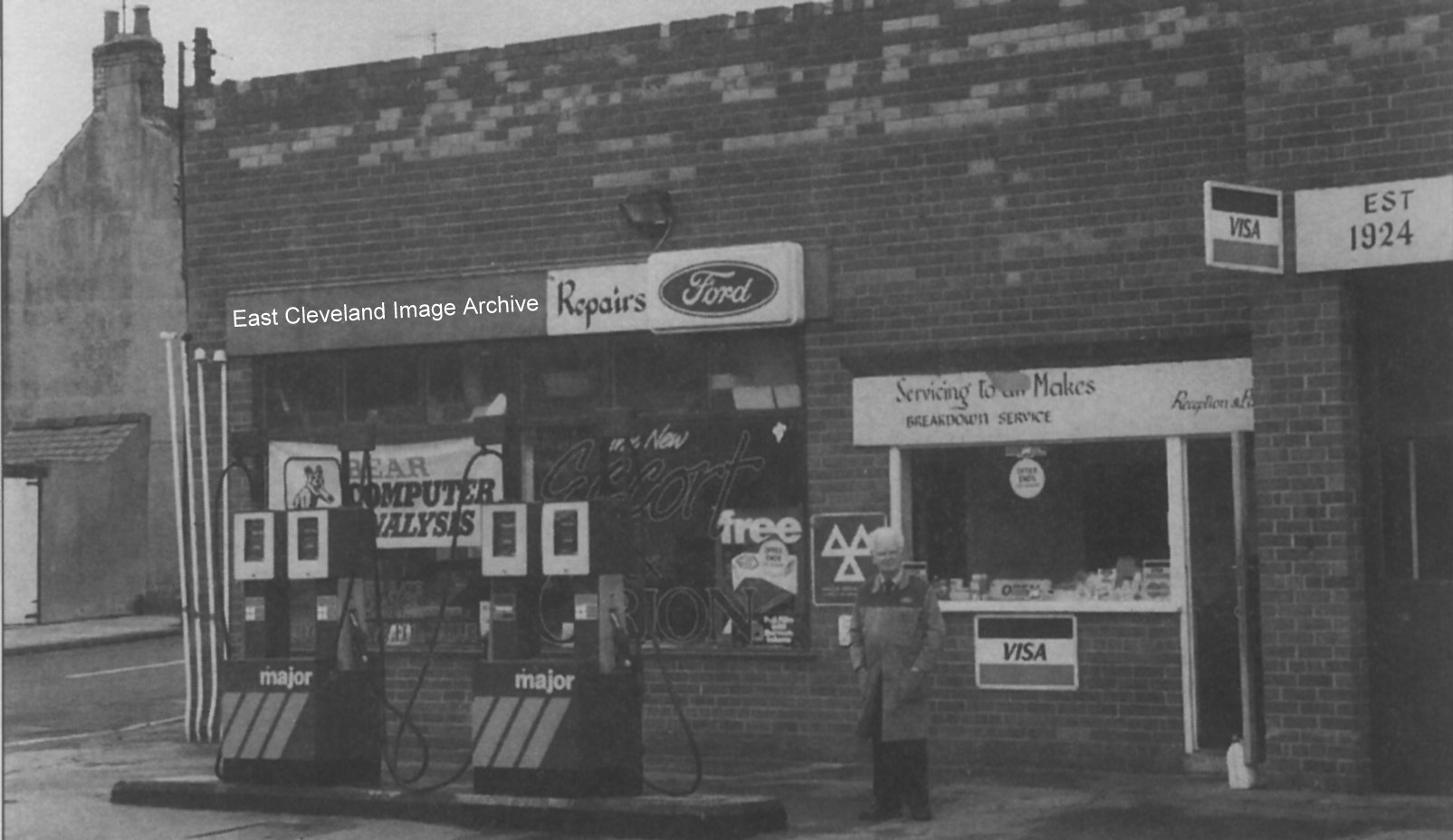
In the last photograph of the series the garage is up and running again.There were five cars in the garage when it burned down, Mr Stonehouse was loaned a shed by SkinningroveWorks so he could carry on his repair business. An architect and a surveyor who were friends of his, encouraged him to rebuild by drawing new plans. Mr Harry Stonehouse is pictured standing outside his new garage. Rebuilding of the garage started in February 1970 by Lindseys Builders, new pumps were added later that year. For many years Harry Stonehouse was ably supported by Marie who started as a petrol pump attendant some 31 years before.As Derick Pearson tells us: “The garage has been part of Carlin How life for nearly 80 years starting with Harry’s father.” Although under different management the garage is still there today.
This series of images courtesy of a collection by Derick Pearson and thanks to Derick for that update.
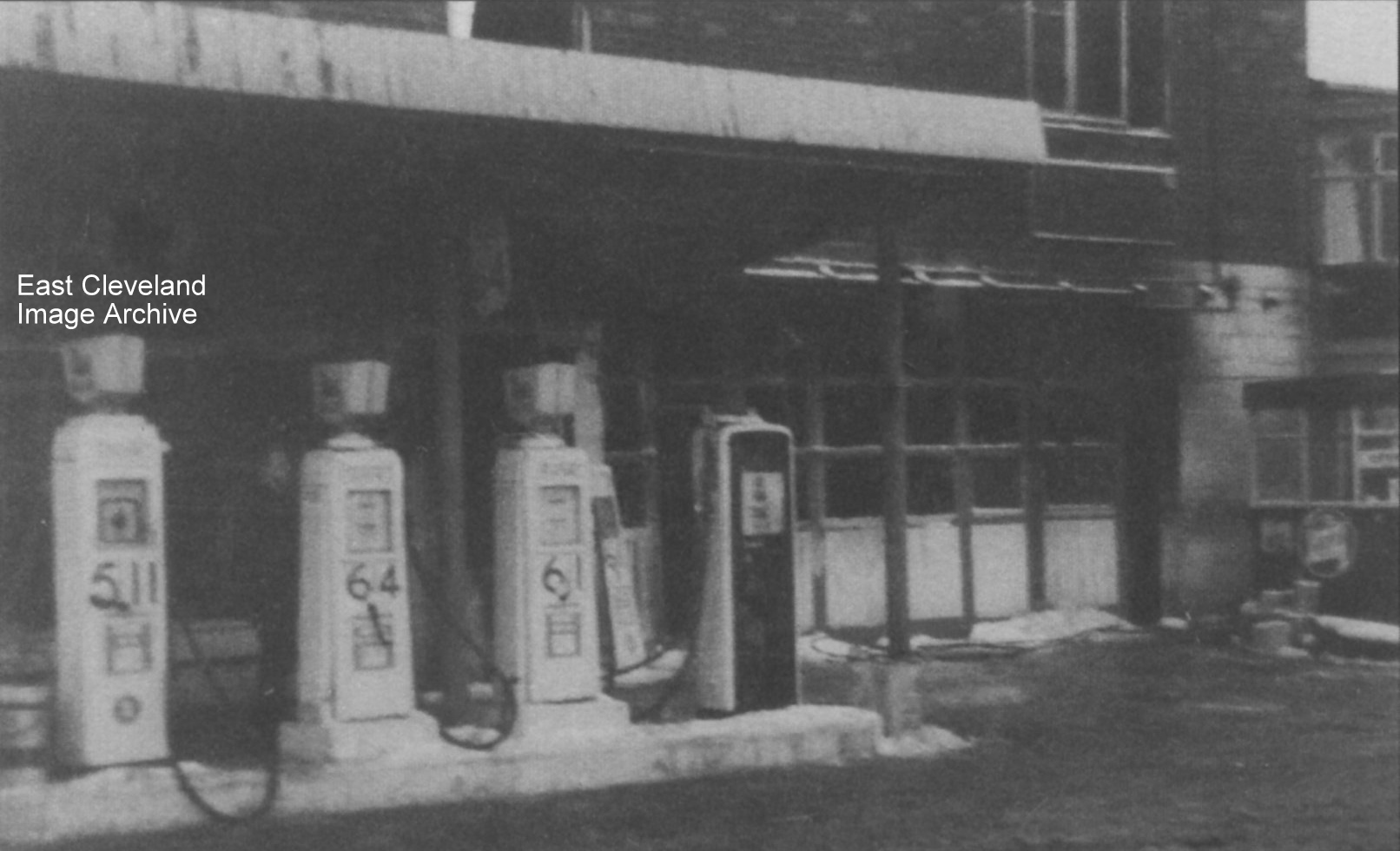
In December 1969, the garage burned down when a delivery man with paraffin spilt some onto a hot boiler with disastrous results; fortunately Mr Stonehouse’s house next door was not affected. Derick Pearson tells us: “A sad day for Mr Stonehouse and a day I remember well. I wish we could go back to the petrol prices marked on the pumps, the most expensive in today’s money would be about 32 pence per gallon, I think I’ll go and fill up! Amongst those affected by the fire were Jeff and Mike Hudson who assisted in the continuation of the business working from temporary premises on Skinningrove works.
Thanks to Derick for that update.
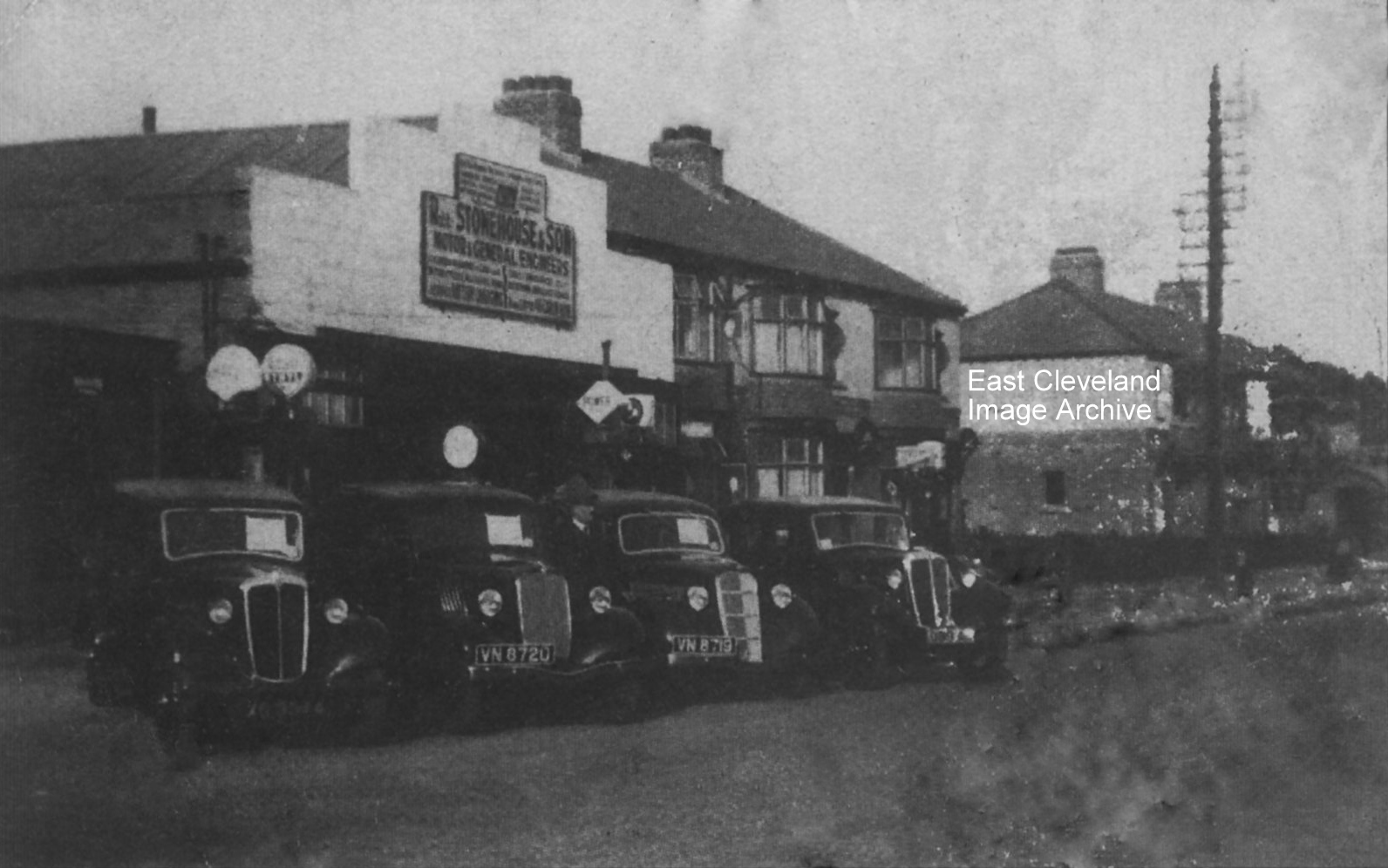
How things have changed in three years, by 1937 Mr Stonehouse’s garage was prospering and he had built a house next door for himself and his family.
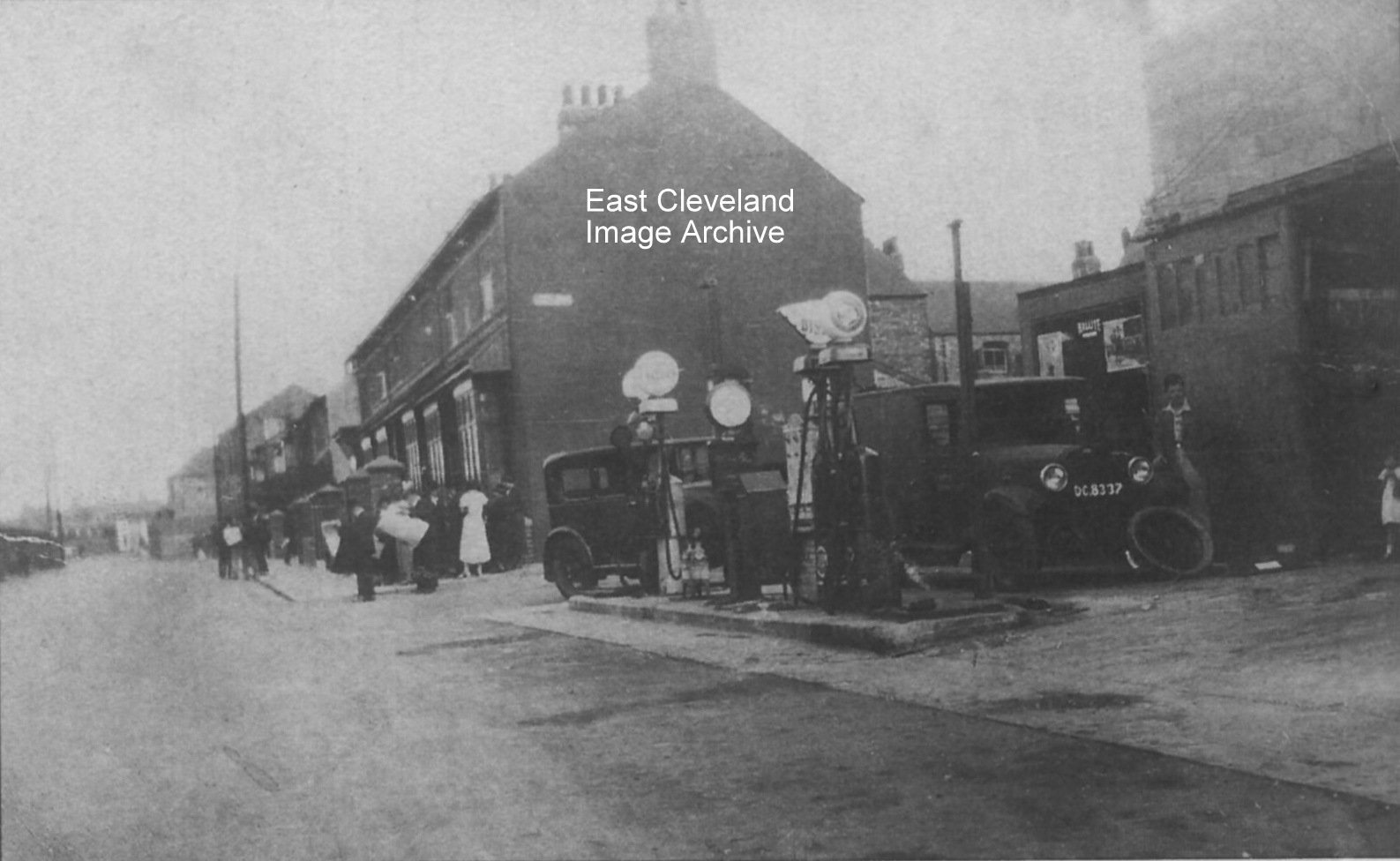
Carlin How hasn’t changed much over the years although the garage looks different now. This different view of the garage shows passengers for the taxi service that Mr Stonehouse ran from the garage waiting collection to go to a funeral.
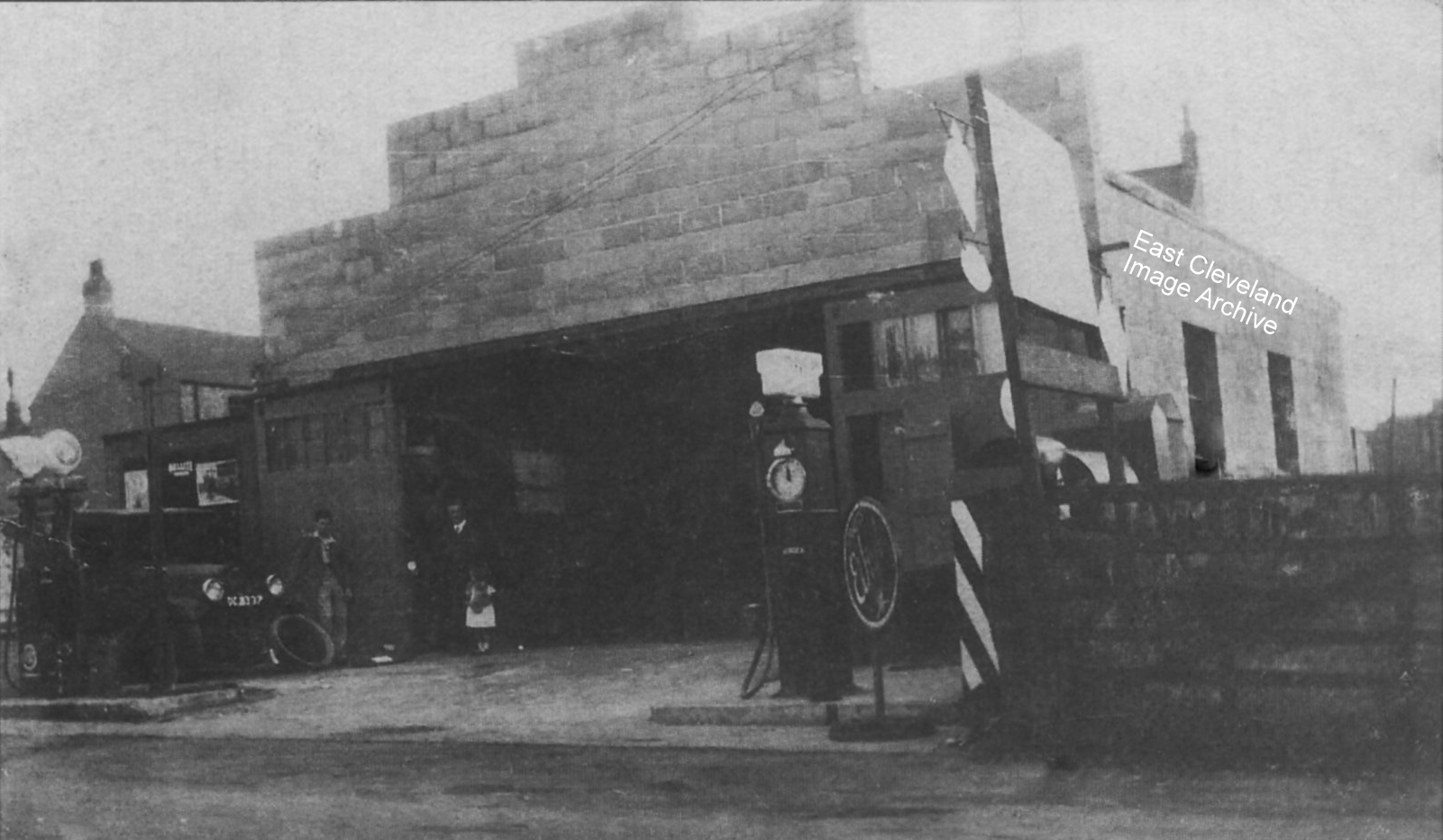
The second in a series of six photos, now it is looking like a garage. We are told that in 1934, Robert and Harry Stonehouse got up at 6.00am to mix cement to make breeze blocks which they used to rebuild the garage.
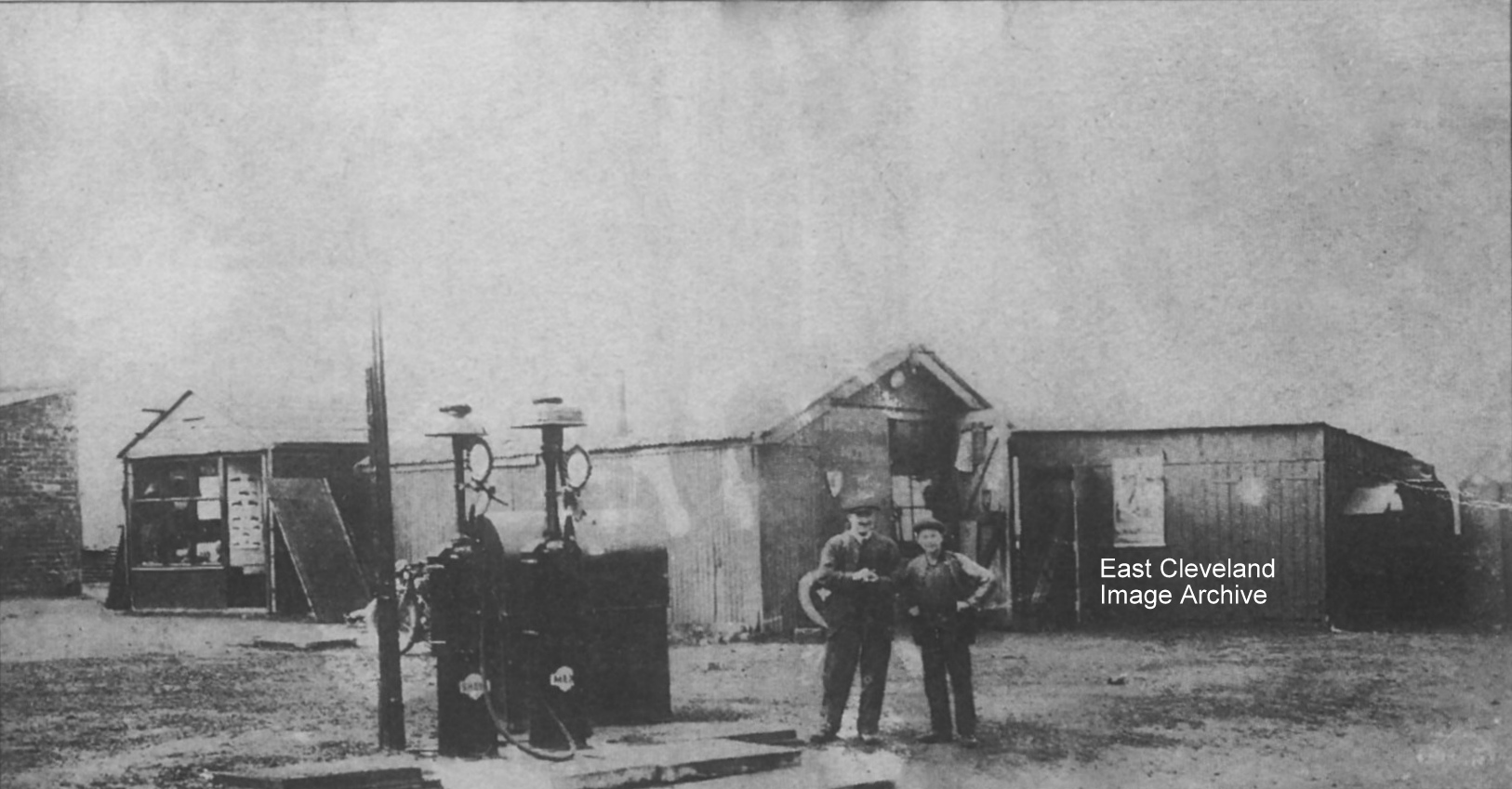
1930 and the story of Stonehouse’s Garage at Carlin How starts; this image shows Robert Stonehouse with his son Harry on the forecourt of the garage business he started on Brotton Road, Carlin How during the 1920s. The area was originally an area of common ground which where quoits were played, from the age of 14 years Harry Stonehouse used to mind the garage for his father.
Image from a collection gathered by Derick Pearson.

A photograph of Sykes House on lazy, hazy day of summer. Derick Pearson tells us of the image: ”This was taken from where the bowling green gate entrance is now; in 1978 I spoke to Bob Goldby and he showed me this photograph. Bob was living at Skelton then in pensioner’s bungalows, he confirmed it was him as a child sitting there. The buildings behind the lady with the child (Bob’s mother) are the actual site where the championship grade tennis courts were in later years; from the 1920s to the 1980s. The Yorkshire finals being played there at one time and were said to be some of the finest courts around; there were two red gravel courts where the farm buildings are on this photograph and then four grass courts between there and what is now Muriel Terrace; with three pavilions around the courts. Note that none of the houses are visible above the roofs of the farm buildings, as Gladstone Street and the others had not been built; the Club allotments had not yet been established as there are only fields. Where the group of cows are stood is the area which was called Speddings Pond, from the 1950s and even called that by some of the older residents today. Speddings lived in the house for many years and John Spedding still lives in the house at the bottom of Loftus bank. I played in that pond and many of us used to get frog spawn from there as children. Just around the corner was a beautiful fresh water spring and as a child I used to bottle the water and sell it to relatives who came up from London occasionally. The pond was man-made and used to water the tennis courts and bowling green with a high power pump and they simply took the water that came from the spring to feed it. The surplus went over the road in an overflow pipe and was used even further as a number one toilet. A pair of concrete plinths were made into a channel and tin sheets were built around it and men from the tennis and football matches would go there for a call of nature. Nothing was wasted in those days. The pond would be about 20 foot across if I remember correctly. The outlet to the toilet went on it’s way down the road by the tennis courts and went under the road at the bottom of Dixon Street on its way to the works and then out to sea.”
Image and information courtesy of Derick Pearson.
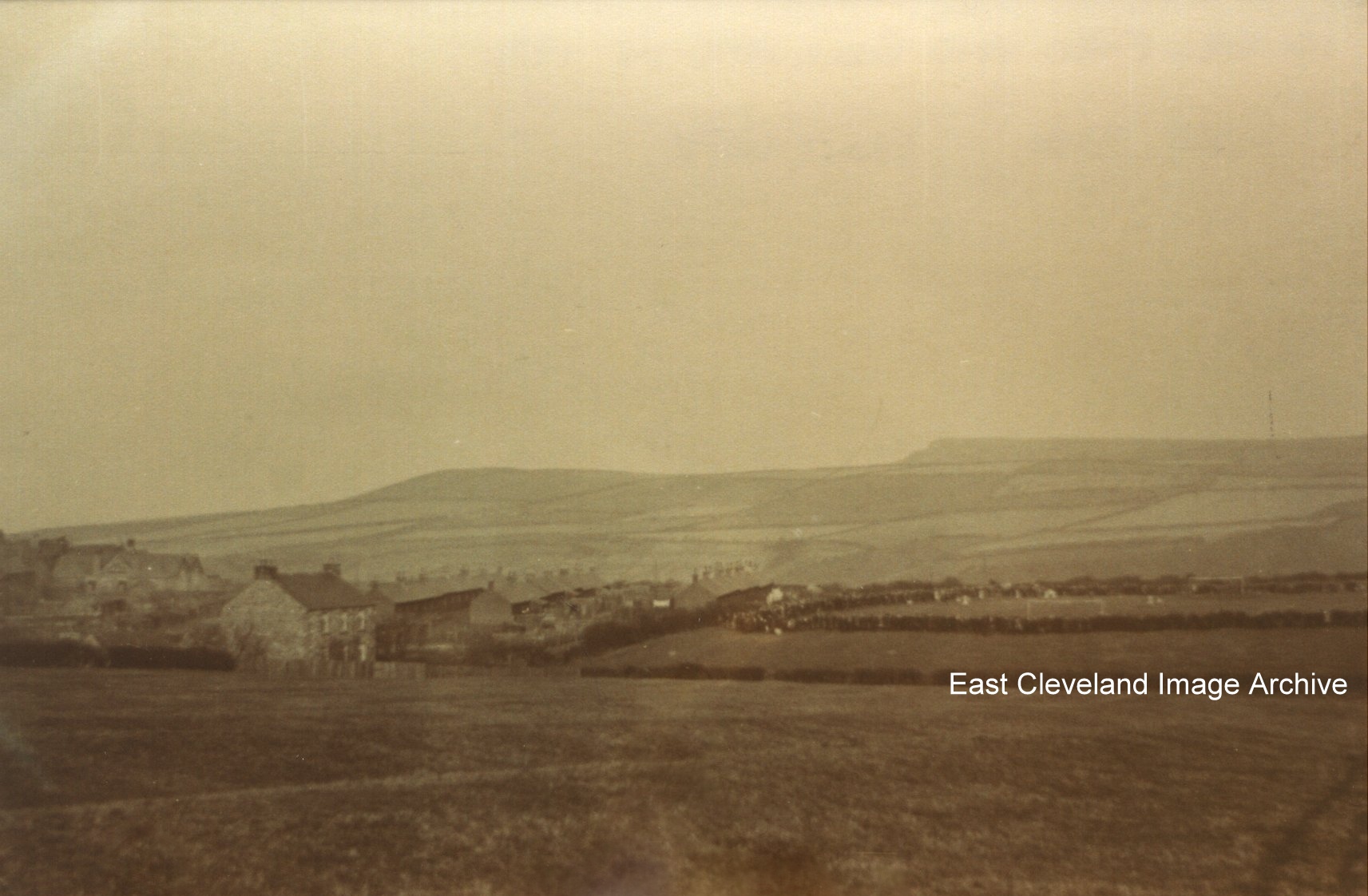
Sykes House is on the front left of the photograph, with the school showing just behind it. To the right is the football field; with a well attended match (but no pavilion or changing rooms!) with the three rows of Bells Huts next to it. In the background are Boulby cliffs with the radio mast on the top, the mast can still be seen today. Derick Pearson has happy memories of Bells Huts: “I lived in the nearest end house of the row next to the Football pitch (no 18) from 1945 to 1950 and we could stand in the garden or sit on the fence and watch the match.”
Many thanks to Derick for that update.
Page 7 of 8« First«...45678»
|
|










Recent Comments